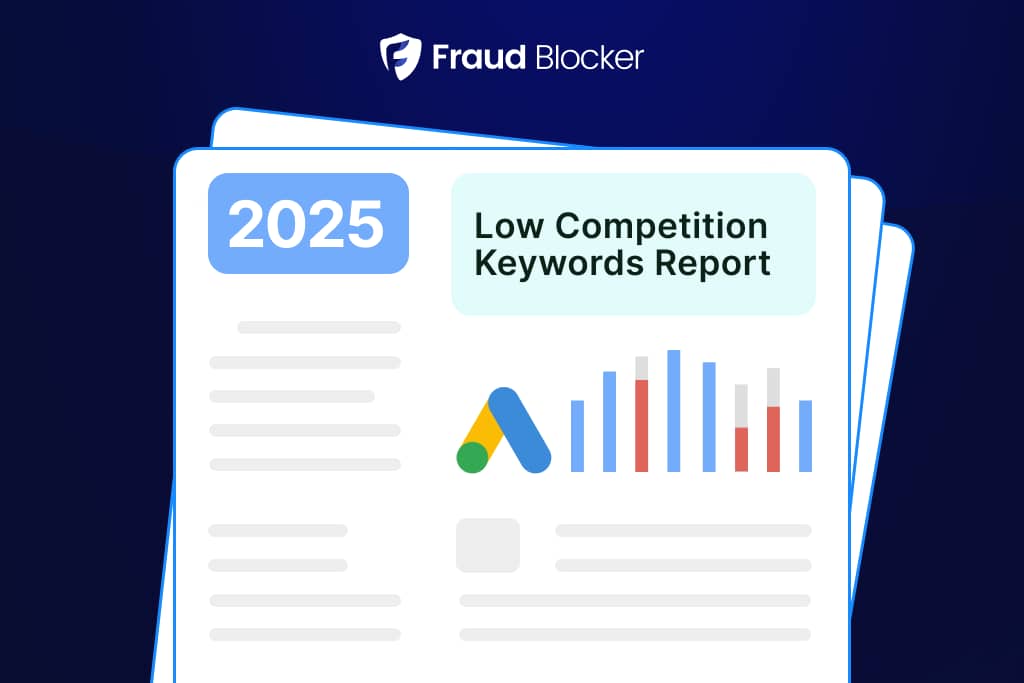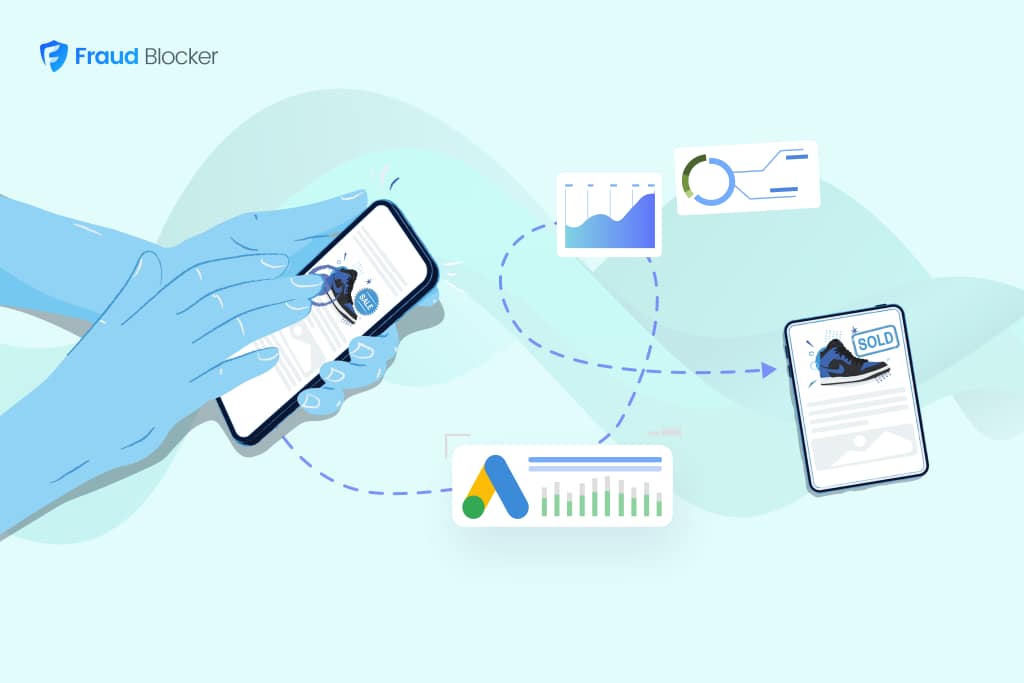
NEW New feature: Verify & block fake emails

We improve your ad performance by blocking click fraud and fake emails

Click fraud is costing advertisers billions in loses. Learn more here.

Click fraud is costing advertisers billions in loses. Learn more here.

Google Ads keywords are getting more expensive every year. That’s not news, but it is a growing problem for businesses without huge budgets. But while the most obvious keywords are flooded with competition, there’s still opportunity hiding in plain sight.
We analyzed thousands of commercial keywords to surface the ones that are easier to rank for, cheaper to bid on, and still drive real traffic.
Then we scored each one based on volume, CPC, click likelihood, and competition index from Google Keyword Planner.
Here’s what made the cut.
(Scroll down to see our methodology)
Important note: “Low competition” does not mean “low cost.” Google uses quality metrics to effectively set an artificial floor CPC value for each keyword, which they call a “reserve price”. This can result in high CPC value despite a low competitive keyword.
In the top 100 low-competition keyword list, Software related keywords appear the most often (38.4%) followed by Financial Services related keywords (21.5%) and IT Services (13.85%).
Here are the top low-competition keywords.
While these keywords may not all be related to your business, their format may be similar to applicable terms in your industry.
To make this data more actionable, we’ve grouped the top-performing keywords by industry. This allows businesses to quickly identify relevant opportunities within their sector, whether for content strategy, SEO campaigns, or lower-risk paid targeting.
Each keyword listed meets the same scoring criteria outlined above and falls within the top 100 based on our weighted analysis.
These keywords point to niche tools with real buyer intent. They’re great for long-tail SEO or dedicated feature pages that solve a specific problem.
These terms tap into services and strategies real estate professionals already search for. Use them to fuel blog content, local SEO pages, or email campaigns.
From niche marketing ideas to audience-specific queries, these keywords lean into audience engagement. Perfect for organic traffic plays or paid campaigns with a content hook.
People searching these terms are likely in-market and ready to act. Consider building landing pages or blog posts around them to drive qualified leads at low cost.
These searches show clear technical needs with relatively little competition. Use them for focused product pages or help-desk content with SEO value.
These keywords cover credit, investing, and financing, all with strong intent. They’re a smart entry point for paid search or long-form guides targeting high-LTV customers.
This research is based on Ahrefs data pulled in July 2025. Our goal was to identify commercial keywords with low competition and real traffic upside.
We started by collecting thousands of keywords with positive signals across five core metrics: Keyword Difficulty (KD), Search Volume, Clicks Per Search (CPS), Traffic Potential, and Cost Per Click (CPC). Then we applied a strict filter set to remove terms that were either misleading or commercially weak.
We removed any keyword that matched the following criteria:
Example:
The keyword “nationwide pet insurance” has a KD of 7 and 117,000 monthly searches, but the SERP is full of national brands and high-authority publishers. Ranking for it is unrealistic despite the low KD.
We also capped global traffic to limit international bias; keywords like “cartouche d encre hp” may show low KD and low US volume but pull high traffic in non-English markets.
With the CPS, we found that most viable keywords fell between 1.0 and 2.67. So we excluded edge cases like “4.24 CPS” or “3.82 CPS” to avoid skewing the final keyword score.
After narrowing the list, we ran the remaining keywords through Google Keyword Planner to further validate difficulty. Some keywords that appeared low-competition in Ahrefs showed high competition scores in Google Keyword planner. These were removed to keep the final list focused on phrases that are consistently low-difficulty across data sources.
GKP gives all keywords a competition index from 0-100. Keywords scoring 33 and below are considered low competition; the lower the number, the lower the difficulty. We took this number and added it to our scoring methodology.
Each keyword that passed our filters was scored from 0 to 1 using a weighted formula based on six factors:
We normalized each metric to a 0–1 scale using min-max normalization. The final score reflects a keyword’s overall balance of low competition and commercial value, prioritizing terms that offer meaningful search intent without the cost and complexity of highly saturated markets.
Two main reasons: rising costs and more invalid clicks.
According to Search Engine Journal, CPCs have climbed 11.75% annually for the past nine years. That means a $5 CPC 9 years ago is now $13.50 today, almost triple the cost (2.7x)!
Costs rising would be bad enough, but there has also been an increase in invalid clicks over the last 10 years. Invalid click rates used to be 5-6%, and are now in the 10-15% range.
That’s made it harder for small businesses and new websites to compete, especially when the top, most expensive keywords are dominated by high-budget advertisers. Low-competition keywords give you another way in. They are less crowded, more affordable, and still commercially viable.
You can use this list, and our methodology to find niche keywords specific to your business.
But to get real value, you still need to tighten up your approach. Here’s how to do that:
Here’s the big picture: You don’t need to outspend your competitors; you just need to out-strategize them. Low-competition keywords won’t solve everything, but they can give you more runway and better ROI without the fight at the top.

ABOUT THE AUTHOR
Matthew Iyiola
Matthew is the resident content marketing expert at Fraud Blocker with several years of experience writing about ad fraud. When he’s not producing killer content, you can find him working out or walking his dogs.


